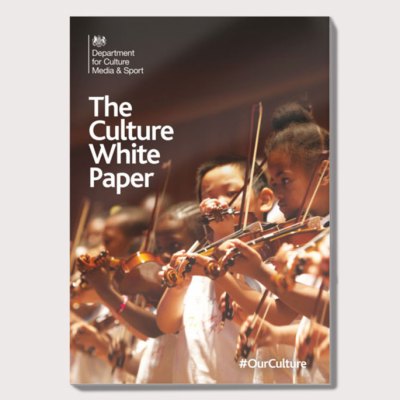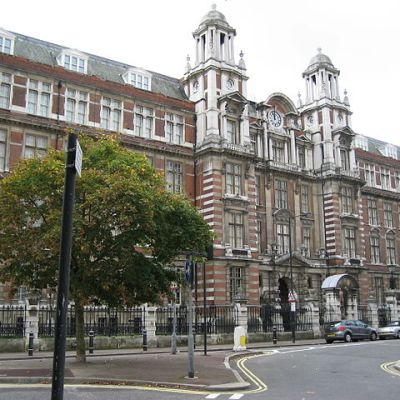With so much news to keep track of this month, including (for those with an eye on the UK art world) the appointment of both a new culture secretary and minister for culture, you may have missed Arts Council England’s announcement of some significant changes to its funding and investment processes. The changes will come into effect in 2018, and have been confirmed by ACE in response to a ComRes survey and consultation. Many details are yet to be clarified, but the essential emphasis is on integration, simplification, and strategic funding, all of which ACE hopes will create a more robust and flexible system in the face of deep cuts to local authority funding and the uncertainty generated by the UK’s vote to leave the EU. Here are the headlines:
Integration of funding streams
The ACE will call an end to ring-fenced funding in order to encourage collaborative bids between libraries, museums, and other arts organisations. This means scrapping the Major Partner Museums scheme in the National Portfolio, and the ring-fenced Libraries fund in Grants for the Arts. These changes are intended to give cultural institutions more flexibility about where they can apply for funding.
ACE funding for libraries is limited to arts and culture activities, while funding for core services falls to local councils, who have a statutory duty to run them that they do not have for museums. So it will be interesting to see if opening up the entire Grants for the Arts scheme to libraries will indeed stimulate collaboration – or whether increased competition for funding will have the unintended effect of generating a further pressure on local authority museums.
Structural changes to the National Portfolio
In a move designed to relieve the administrative burden on small organisations, future funding applications will be separated out into three distinct bands. Band 1, for relatively small grants of between £40k–£250k, will place fewer ‘expectations’ and administrative responsibilities on the recipients than is currently the case. Band 2 grants (£250k–£1m) will entail administrative work on a par to the current process. The largest grants of over £1m, in Band 3, will be awarded in the expectation that the recipients display ‘active leadership’ in the culture sector, provide greater clarity about their intended and realised activities, and produce more detailed reports throughout the process. On Twitter, Alistair Brown of the Museums Association described the new structure as ‘great news’ for museums, more of which will be in a position to apply within a structure and budget that suits them.
National Portfolio funding agreements have been lengthened from three to four years, and ‘sector support organisations’ – that don’t actively create art and culture themselves, but enable others to do so – will now be able to apply independently to the programme.
Expanded remit for Grants for the Arts
Grants for the Arts has been rebranded as ‘Grants for the Arts and Culture’ to allow funding applications for a wider range of cultural activities than is currently the case. The eligibility of creative media, digital projects and other strands of cultural activity are yet to be finalised, but the net could be cast wider than before. Matt Hancock’s recent appointment as minister of state for culture and the digital economy (a title change from outgoing minister Ed Vaizey’s ‘culture, communications and creative industries’) seems to signal a shift of emphasis towards digital and technological innovation within the sector.
Strategic funding
ACE has placed renewed emphasis on ‘place-based’ funding, and announced the development of a new (but as yet unspecified) scheme to complement the existing ones in this area, Creative People and Places; Creative Local Growth; and Ambition for Excellence. ACE’s renewed commitment to correcting the London funding bias, and its acknowledgement of the need to ‘reach communities where there has been little cultural provision’, seems doubly important in the wake of the EU referendum. But the lack of detail as to how these objectives will be achieved surely reflects the current uncertainty about where funding will come from when EU subsidies (from programmes such as the European Regional Development Fund and Creative Europe) dry up.



